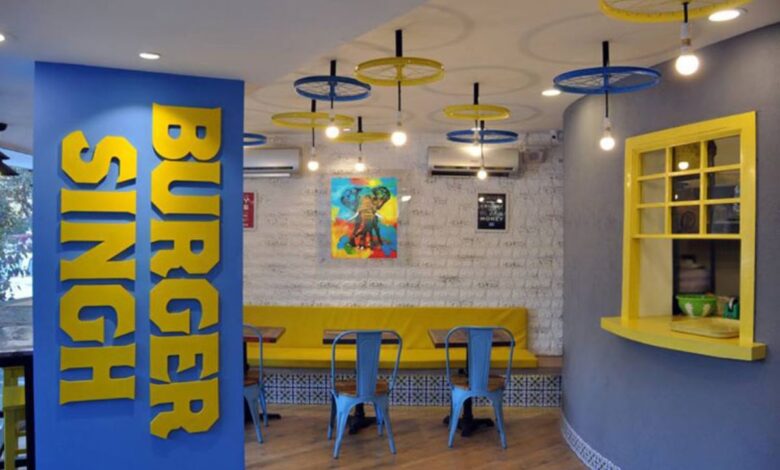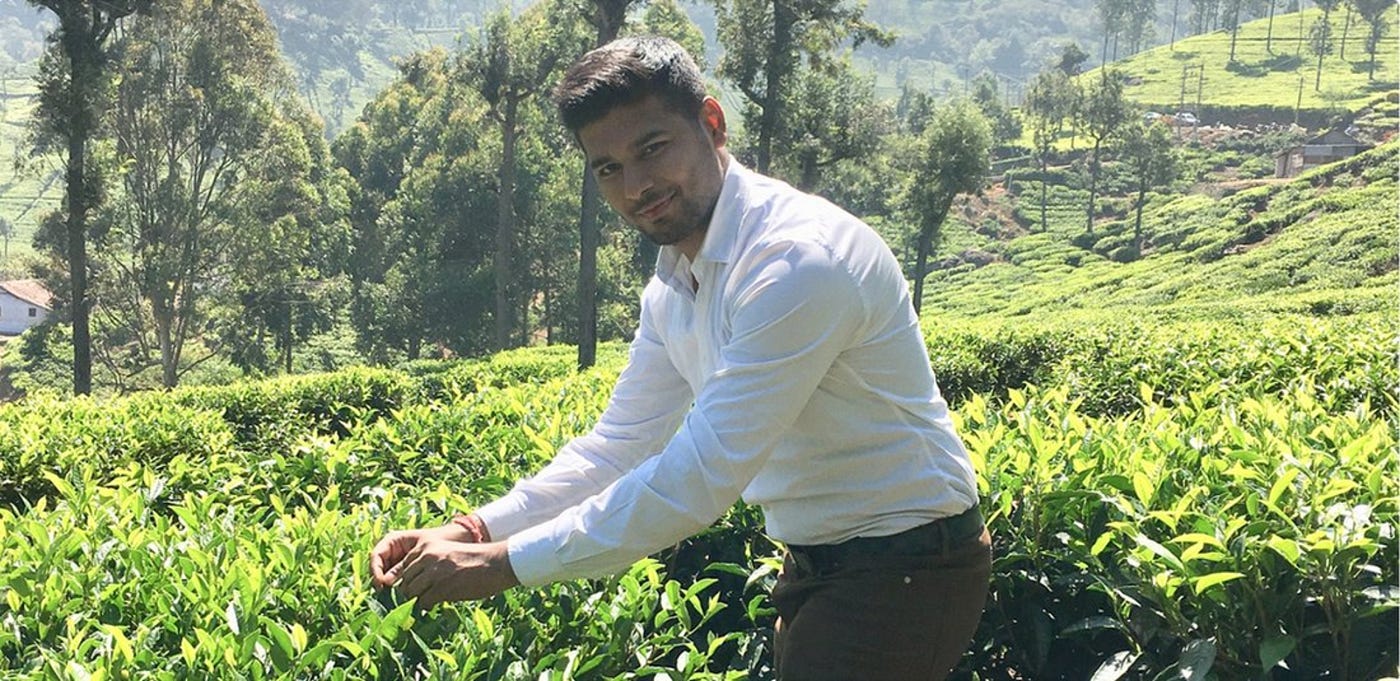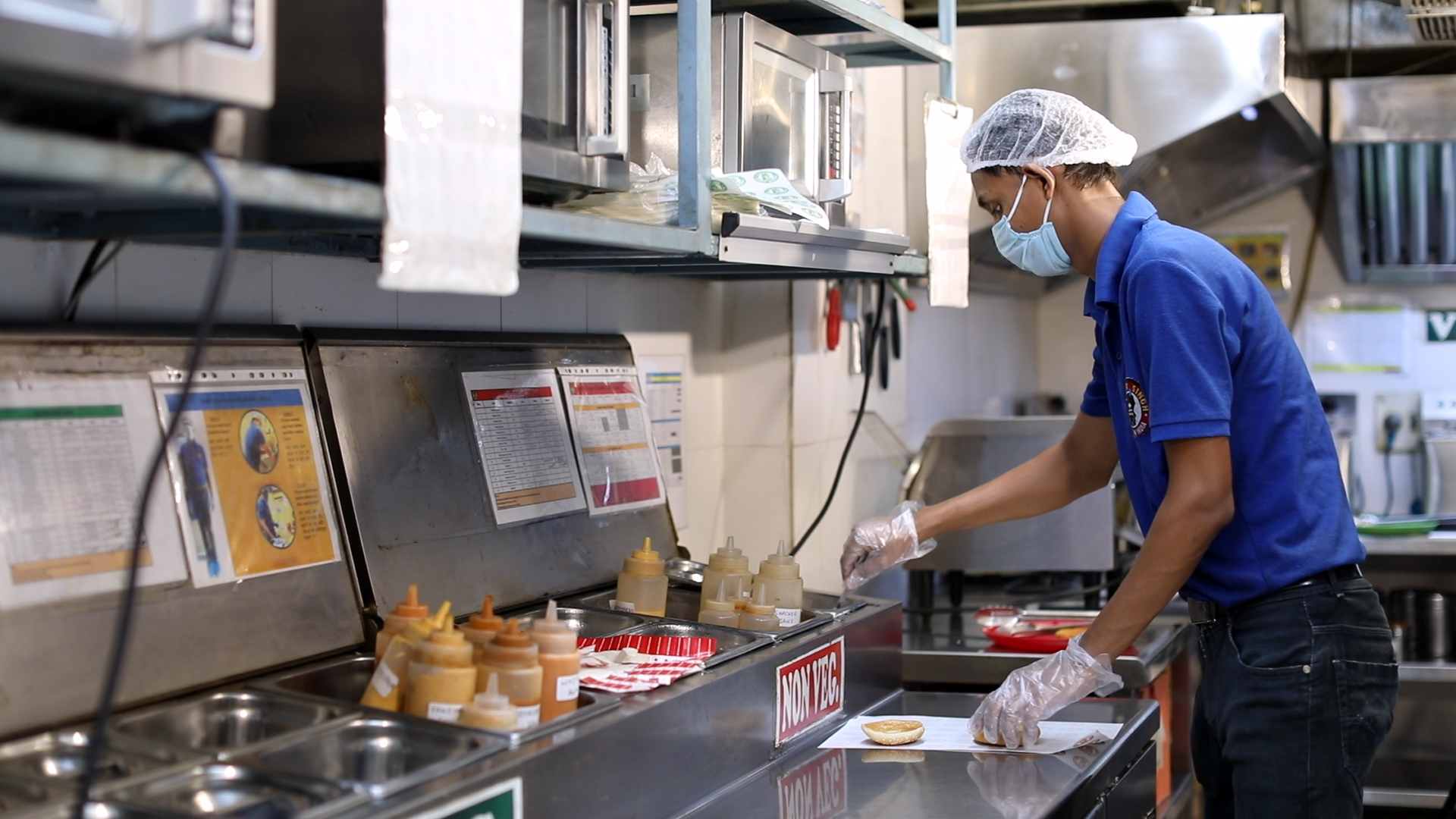How brands are changing their operations to deal with the chaos in the supply chain

Bala Sarda, founder, and CEO of Vahdam brand India says that the last 18 months have been a roller coaster ride. Because of problems in the supply chain, 80–90% of the company’s shipments were late, and its best products ran out of stock. The premium tea and superfoods brand made in the U.S. directly hit its sales.

Sarda remembers that last year, shipments that were supposed to be delivered within 60 days were delayed by up to 140 days. “Two things came out of this. First, we ran out of many of our products, which is terrible for a business trying to grow.
Second, we couldn’t sell much of what we had. We had to throw away seasonal items because many of them couldn’t be shipped in time. For instance, many limited-edition Christmas items were sent out in January. As a business, we had no choice but to eliminate those. So, our P&L took a huge hit,” he says.
Sarda thinks it will be a very “tough” year in the middle of the conflict between Russia and Ukraine. Even though transit times are better now, freight costs are still high. In the wake of the war, rising commodity prices worsened the supply chain problems when the pandemic started.
This means that the road to recovery will be longer than expected for brands like Vahdam and other fast-moving consumer goods (FMCG) companies. It will be even longer than estimated when an economic recovery seemed likely as the Covid crisis began to ease. High logistics costs are still hurting businesses, a rise in crude oil prices, and higher input costs, and FMCG companies are making changes to their operations to stay ahead of the problems.
Partner at Deloitte India Rajat Wahi says that these players have rethought the value chain in a big way. “They are trying to be less reliant on a small number of places and spread sourcing more evenly across places. In some ways, it is less efficient and costs more, but it is easier to get raw materials during a crisis. “Value engineering is also being done on the products to figure out how to use more local raw materials instead of importing them,” he says.
Many brands are now getting their raw materials from local suppliers, which has made the supply chain less vulnerable to shocks from the outside and has also helped some of them lower their costs for buying and shipping goods. Companies that sell goods to consumers say that if prices go up, they pass those costs on to customers.
Minor changes and new ideas in brand
This time, Vadham brand’s plan has been changed, and Sarda couldn’t agree more. As part of the changes it made, the company thoroughly analyzed its inventory and made sure to put a lot of attention on its key markets. “In addition, we started to focus on our main markets. In America, for example, we have 200–250 SKUs, and about 80% of our revenue comes from 60–70 SKUs. So, we did whatever it took to make sure those 60–70 SKUs were always in stock and delivered on time, says the business owner, whose brand is in over 1,500 stores in the U.S.

Such detailed looks at how things work have led brands to use data and technology to improve inventory models and supply chain practices.
Avinash Dhagat, Vice President-Supply Chain at skincare FMCG brand Mamaearth, talks about how they used data to build relevant capabilities in the supply chain. “With the technology, we have now, if there was a demand from a certain place and the warehouse next to it couldn’t meet it, the demand would be sent to another warehouse. Also, from an inventory point of view, we ensured our system had the right buffers. Because we have buffer stocks, we can move our stock very quickly,” he says.
After the first wave of Covid, Mamaearth brand made changes to its warehouses, such as making them more flexible and adding buffer stocks. This made it smoother for them to deal with peak demand and lessened the effect of outside problems. The company also took steps based on the market in certain areas to help them respond more quickly to changes in inventory. “We were able to make things more flexible by putting in place the right systems. “We were able to meet demand because our network had backups,” he says.
Mamaearth brand did not tell people how much money they could save by doing these things.
If companies that make consumer packaged goods had learned something from the Covid waves, they would have been better able to handle the problem. Dhagat says they were better able to handle the chaos because most manufacturing occurs in India. “Also, because we learned from the first Covid wave, we got our packaging materials and raw materials from nearby places, which made any effect less likely.”
Getting used to living with it
Even the big guys are getting used to change. Due to high input prices and changes in the supply chain, FMCG giant Parle saw a “deep impact” in all of its categories. “In biscuits, it was mostly because wheat flour and oil got more expensive. Regarding salty snacks, potatoes have been expensive and not very good this year.
Because of this, there has been a rise in demand for good potatoes, and the prices of potatoes have gone up. In all categories, packaging costs have also been high. So, the effect has been seen everywhere,” says Krishnarao Buddha, Senior Category Head at Parle Products.
Buddha remembers that in 2021, people thought inflation would only last for one or two quarters before prices started to fall. “That didn’t take place. And as February and March 2022 came around, the political tensions were a new surprise. That made inflation last even longer and messed up the supply chain,” he says.
The company dealt with this problem by taking the proper steps and making many changes to pricing and packaging. “When we made the immediate changes, we raised the prices immediately. So a pack that cost Rs 20 went up to Rs 22 or Rs 25. Once you’ve done it, it’s easy. But we can’t make it Rs 6 for popular prices like Rs 5 and 10. There, we cut back on the amount. So, a pack of 100 grams became a pack of 90 grams. This is how to keep the bottom line safe.”

The company looked at other ways to cut costs besides just raising prices. “Raising prices isn’t the only way. Costs could be cut by controlling the process, changing the formula, or developing new ways to package the product. We tried to improve the way the system worked. Where we couldn’t, we passed on the cost directly or indirectly,” says the senior category head at Parle Products.
Changes were made to all kinds of products, like cookies, salty snacks, and baked goods. Buddha says that the company cut the weight of a sweet that costs Rs 1 and a sweet that costs Rs 0.50. They also cut the size of a pack of salty snacks.
With these changes, Parle Products is sure its sales will increase. “In terms of sales, even though FY22 was a good year, we still want to grow by 10–12% this year. That has a lot to do with value. But the number of sales is likely to drop by a lot since prices have gone up in many indirect ways. Because of the corrective steps, we hope the bottom line will be better than in FY22,” says Buddha.
But he doesn’t beat around the bush when he says everyone must learn to deal with the changes. He says that inflationary pressures will keep on getting worse. Even though crude oil prices are decreasing, packaging costs are still high. “Things haven’t gotten more accessible because we weren’t ready for so many changes. Covid, for example, was very new, but in 2020-21, we learned how to deal with it.
In the same way, this inflation is something new. There would be a bump in the past, and prices would go up and down. But it looks like these changes are here to stay this time. After that, there might be more surprises. “I don’t think things are going to calm down,” he says.
Taking on the problems
The rise in cooking oil prices was a big blow for fast-food brands trying to get back on their steps after the Covid beating.
The CEO and co-founder of Burger Singh brand, Kabir Jeet Singh, says that the price increase forced them to raise prices by 100%. This is not something a business that wants to grow would like to do. There were also other surprises.
“The supply chain cost went up because fuel prices went up. Moving our goods takes a lot more energy because our transport vehicles and warehouses need air conditioning. We couldn’t protect ourselves from that. So, we had to take that in. My costs to make things went up. Because of energy costs, prices increased by 6-7 percent everywhere. We couldn’t do anything about it. We just had to charge the customer more,” he says.

To make up for this, the company brand started to rely more on data for things like scouting locations and making other important decisions. Singh says that data was the key to making better predictions about the supply chain, like whether goods would be late or not.
Also, the brand grew its presence in tier-2 and tier-3 cities, where they found the environment good. “Rents went down a lot during Covid, and we found some great deals. While we opened more stores, most brands were going out of business. When consumption came back, we were ready to make the most of it,” he says.
The CEO of the burger chain also tried out new things. For one, it brought momos to the world. “The number of momos eaten went up significantly, which was a surprise. We sell about 22 tonnes of momos every month and will keep doing so, he says, adding that there aren’t many organized players in this space and that many kiosks have closed because of all the chaos.
Keeping things in check
After Covid started, the company also started selling cheaper burgers to get into tier-2 and tier-3 cities. “We wanted an awesome first-level product, which has been very successful.”
Even though businesses have tried to face the problems head-on, it is clear that they will need to use both creativity and careful long-term planning. Wahi of Deloitte India says that the most important things for companies are supply chain efficiencies, front-end technology improvements for better delivery to consumers, expanding rural footprint, and having distribution partnerships.
But for now, the biggest challenge is to find a balance between pricing and making money despite all the other problems. “I don’t think we should wait until things get better,” says Buddha of Parle Products. “Inflation will continue for longer, and we will have to change to give customers the best service possible and keep our profits up.” This will become the norm.”




